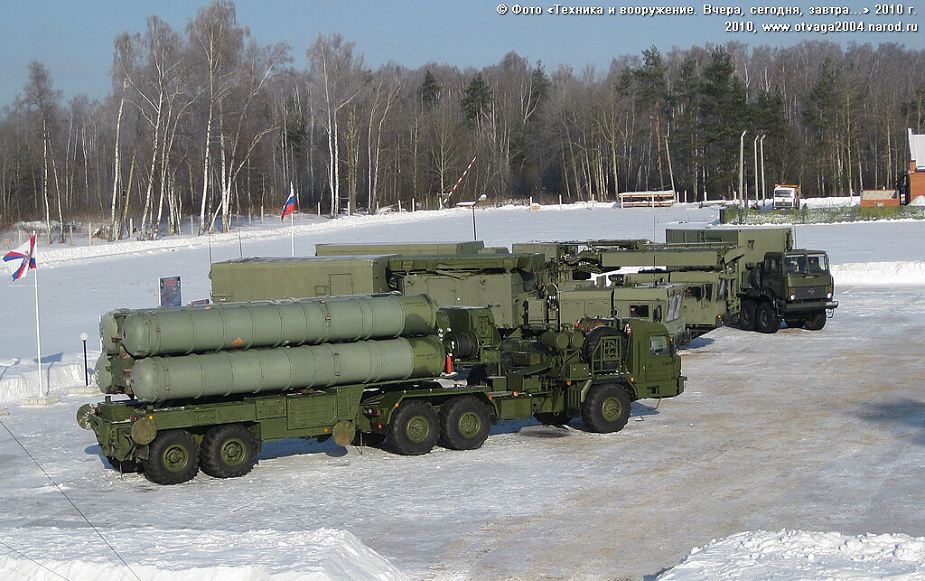By Pierre Tran
Paris – Western allies face the threat of a wide range of Chinese and Russian ballistic missiles and cruise weapons, while North Korea and Iran look to their missile capability to back up claims to regional power.
The nature of the development of Chinese and Russian missile capacity is seen by some in European industry as threatening Western parity, by shifting the geostrategic and operational balance.
Ballistic missiles tipped with conventional warheads and designed to fly in an evasive terminal flight can be used as political and strategic tools as a factor affecting crisis management even without being fired.
Besides missiles to hit targets on land and at sea, Moscow has invested heavily in anti-access area denial (A2AD) or defense in depth, designed to hinder Western combat aircraft looking to strike Russian targets.
There are some in Europe who consider that enemy air defenses should be considered as a key challenge to be dealt with when France announces at the Paris air show a project for a technology demonstrator for a Future Combat Air System, which includes a new fighter jet.
The Paris Air Show is due to open June 17.
The West redeployed its combat aircraft in Syria out of harm’s way when Russia sent its S400 surface-to-air missile to the Middle Eastern country. That was seen by some as a shift in the balance of power in Syria, with Russia winning the advantage point.
Moscow dispatched its advanced Triumph weapon system to Syria in response to Turkey, a Nato ally, downing in 2016 a Russian fighter jet.
China and Russia are both seeking to boost ballistic strike capabilities with development of faster missiles with greater range and maneuverability to overwhelm air defense systems and hit targets.
Those weapons can be launched from warships, submarines and fighter jets, intended to hit command centers and airbases.
A Chinese ballistic anti-ship missile, dubbed Dong Feng-21D could be fired against key naval targets such as aircraft carriers.
Russia is working to boost anti-access area denial (A2AD), with greater networks of detection and tracking to enlarge the geographical coverage of anti-missile defense.
Such a missile defense concept can be likened to the China Wall or Hadrian’s Wall, built to protect the home territory from outside encroachment. Building up that Russian A2AD makes it harder to mount a surprise attack by stealthy enemy aircraft.
Meanwhile in Europe, France and Italy are upgrading the Aster 30, a land-based, surface-to-air missile, to the Block 1 NT version, to deliver a greater range of interception.
Other European air defense projects are understood to be planned.
On the strike side, Russian president Vladimir Putin said March last year that Russia was working on a nuclear-powered, hypersonic missile.
CNBC reported March 22 that Russia has been working on development of that weapon, dubbed Skyfall, since the early 2000s, drawing on a gasoline-powered motor for take-off and a nuclear-powered engine for flight.
But that missile will need work for another decade to be “combat ready,” according to a US intelligence report, CNBC reported.
For countries seeking to secure regional power, ballistic missiles of short, medium and intermediate range are an affordable alternative to developing a jet fighter to counter Western air superiority.
One of the developments which has raised the threat is the shift to solid fuel from liquid propellant, as that makes it faster to prepare and launch the missile.
The short-range SS-26 missile uses solid fuel and is compatible with the intermediate-range nuclear force (INF) treaty.
Russia declared the 4-ton SS-26, dubbed Iskander, operational in 2007. That domestic version can fly 480 km, while the export model has a range of 280 km. Variants of the SS-26 arm China, Iran and Pakistan.
That missile is able to change course some 20-30 km from target to avoid interceptors, flying by its built-in guidance systems.
The SM3 has been deployed in Poland, with that US missile deemed to be capable of intercepting the SS-26 in certain parts of the country.
Meanwhile, French Air chief of staff Gen. Philippe Lavigne May 15 told the defense committee of the lower house National Assembly that France has “holes in its raquet” as its air defense system lacked capability against drones and other new threats.
The Nato program for an integrated Air Command and Control System (ACCS) is late, he said.
A plan, backed by France and its Air Force, has been drawn up to tackle the problems.
But those countries which opted for the F-35 joint strike fighter have not backed that plan, he added.
Nato has asked its Allied Command Transformation office to draw up options, so a decision on the ACCS program could be made by the middle of 2019.
ACCS is intended to link up into one network the various national command and control systems of some Nato members in Europe.
The featured photo is taken from the following source:


